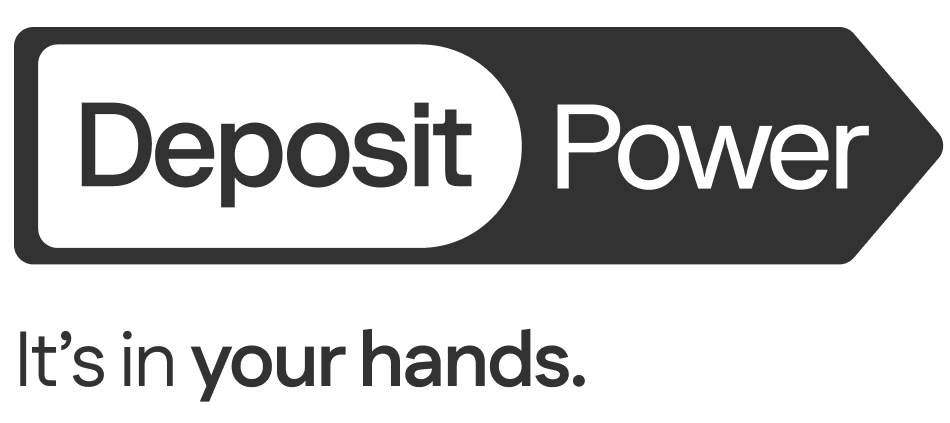One thing is for sure, now that the world economy has entered a recession and Australia will soon follow suit, the low interest rate environment is here to stay for at least the next three years. We deem low interest rates to be a standard variable rate of 5% or less. With such rates currently around 3% and a recession looming, there is little likelihood rates will rise in the foreseeable future.
Interest rate rises are usually off the back of rising inflation with the Reserve Bank increasing rates to ‘take the heat’ of the economy. With the economy in deep freeze, rate increases are not on the agenda.
The RBA is monitoring the macro effects of the current economic lockdown with recent board minutes from their May 2020 meeting revealing they are looking at various economic stresses along with the flow on effects of a much reduced level of immigration, a likely doubling in unemployment and overall lower incomes. These new negative features we are now encountering will definitely affect the demand for new housing, a prime driver of the Australian economy.
Mortgage stress is a direct derivative of the economic shut down and whilst one-third of Australians have a prepayment buffer of three years or more, a smaller share have no such buffer and are therefore more susceptible to financial stresses like unemployment or reduced wages. As the May RBA board minutes reveal whilst “Housing loan arrears were likely to increase… the extent would depend on the severity of the economic contraction and the associated increase in unemployment”.
So, what can the Reserve Bank do to restart the economy? The short answer is, aside from keeping interest rates low, not much. With the current cash rate of 0.25%, the RBA could go further, but most likely the law of diminishing returns would most likely apply. That is the flow on effect would be minimal given there have been five rate cuts in the past 12 months. What they certainly will do, is not increase them.
